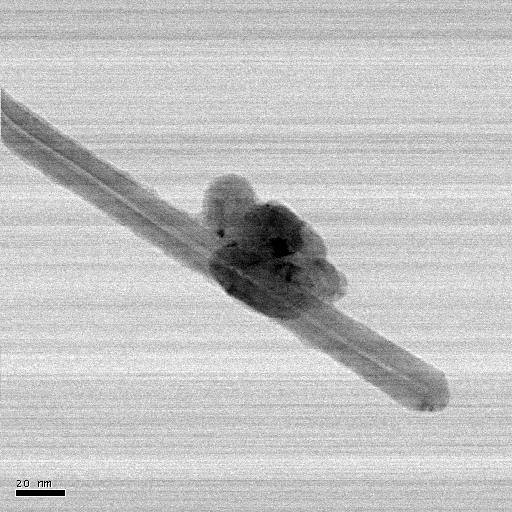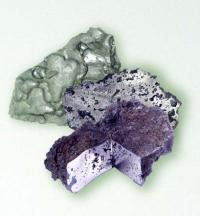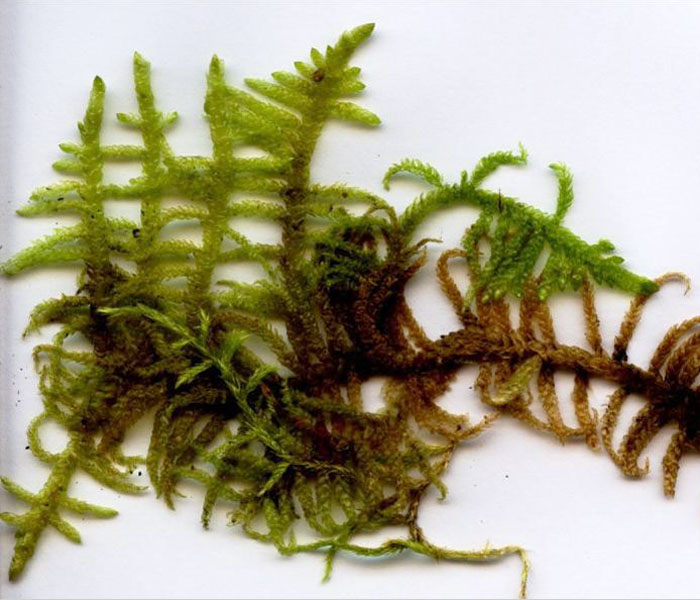

|
|
The activity of the GAEL (Analysis of Elements Group) is based on two particularly powerful methods for the analysis of the traces, the analysis by ICP-MS and the analysis by neutron activation. Four axes are studied:
- improvement of the methods
- materials analysis
- chemical signatures for geology and archaeometry
- human and environmental toxicology
Materials Studies
Certification of materials of reference GAEL and LNE collaboration
Since December 2006, the GAEL is engaged in the action aiming at restoring the INAA like method of reference for representative samples grounds, sediments and concretes through a contract drawn up between our laboratory and the National Laboratory of Metrology and Tests (LNE).
Stoichiometry and grafting rates of nanomaterials the biological effects are tested on procaryotic cells and eucaryotes in culture. Collaboration GAEL, THE
Already perfectly tested in the past with the analysis of traces of elements in graphite, in particular of nuclear quality, the INAA was applied recently to the proportioning of doping iron in carbon nanotubes.
Development of mixtures of surface-active charged cation and anion. Collaboration GAEL, DSM/DRECAM/SCM/LIONS
Chemical signatures for geology and archaeometry
These archaeological samples being heterogeneous a total analysis of the sample is essential. Moreover in order to distinguishing the most areas possible, a maximum of elements must be analyzed (Sc, Co, Ni, Rb, Cs, Ba, This, Sm, Have, Yb, Hf, Th, U, Co, Ni). The analysis by ICP-MS (Inductively Coupled Plasma Spectrometry Farmhouse) seemed to us the most adapted to these problems (sensitivity, precision, analyze multi elementary).
Trace elements analysis by ICP-MS and INAA in microquantities of silicated glasses: application to the study of Stromboli’s lavas GAEL and GST collaboration
Multi elements analysis by ICP-MS and INAA applied to the study of ferrous archaeological artefacts’ origin: GAEL, Archéomatériaux Group and forecast of deterioration, GST, Laboratory Metallurgy and culture CNRS/UMR 5060 UTBM (Belfort) collaboration
Human and environmental toxicology
Development of biological tools for evaluation of the aerosols impacts and of the atmospheric particles in variously polluted ecosystems: measurements of induced early answers at the bryophytes (biomarqueurs) and their microbial communities (bioindicateurs)
GAEL, Laboratory of Sciences of the Climate and Environment (Gif sur Yvette), the Lille Institute of Health Engineering(Loos), the laboratory of Environmental Biology (University of Besancon) collaboration.













